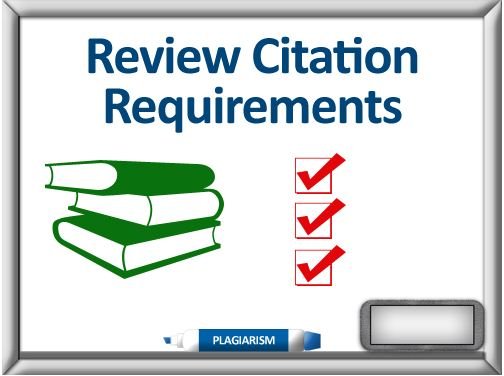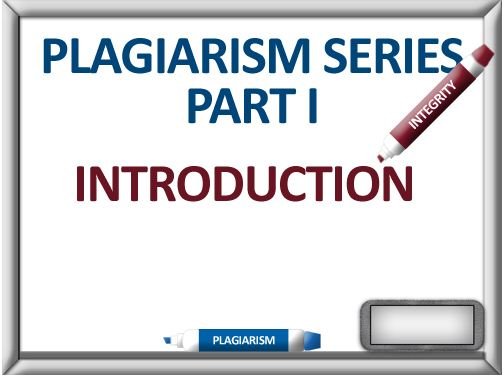How to Detect and Address Plagiarism: For Instructors or Teachers
A Challenging Introduction to Plagiarism
Every college instructor in a field that requires written assignments will undoubtedly have the unpleasant experience of dealing with the
subject of plagiarism. I remember the first experience I had with this subject and the lesson it taught me. The offense was incredibly blatant and the student’s excuse so bizarre that I didn’t know whether to laugh or cry.
I met with the student in my office and presented him with his plagiarized assignment and the article from which it was copied. Upon reviewing the documents he angrily replied “But I didn’t write the paper!” His response was a stunning admission but he seemed to be stating the obvious. He continued “I paid a guy to write this assignment for me. I can’t believe he copied an article off the Internet. He ripped me off.” In his frustration my student argued that he was actually the victim in this circumstance.
In the many years since that event took place I have moved from brick and mortar to online classrooms. Things have not changed substantially in that it appears that the instances of plagiarism are at least as frequent if not more in cyberspace. The cases I have seen in the online classroom have yet to rival that first blatant example but they are fairly regular. I see a need for a set of guidelines to help other online instructors deal with plagiarism. Without such guidelines new and even some seasoned instructors may find it difficult to spot and manage plagiarism offenses in the online environment. I have written this brief series to share my own guidelines not as an attempt to lecture my learned peers but to begin a dialogue about ways to manage and discourage plagiarism.
Series Rationale
In this first installation of the series I address some simple ways to discourage plagiarism. The second part of this series addresses plagiarism clues and verification methods. The third segment includes suggestions for dealing with plagiarism in a consistent and reasoned way. The goals of this series are two fold. I want to help increase the academic validity of online instruction by decreasing plagiarism and I want to encourage instructors to adopt a standard methodology for identifying plagiarism and dealing with it.
Planning and Prevention

When students enter my class I don’t know how well they understand the style and citation guidelines that are essential for documenting papers correctly. Therefore I provide a brief review of this information and include a definition of plagiarism. Some students are insulted by such a basic review but there is value in such efforts. These reviews unquestionably prevent certain instances of plagiarism if, for no other reason than serving as a reminder to students that such behavior is being monitored.
Some of my colleagues ask why I place such importance on this issue. I explain that if plagiarism is

ignored even once it is happening far too often and it injures everyone involved. Instructors can be viewed as lazy, students as deceitful and the school as academically weak. For these and other reasons I strongly urge that instructors remain vigilant. Maintaining the integrity of the classes we teach requires a concerted effort to set clear ground rules for students to assure that they understand what constitutes plagiarism. By forcing students to submit only original work we assure that they get the knowledge that we have dedicated ourselves to teach. If you are an instructor I encourage you to read the next two parts of this series that address how to identify and manage plagiarism cases.
